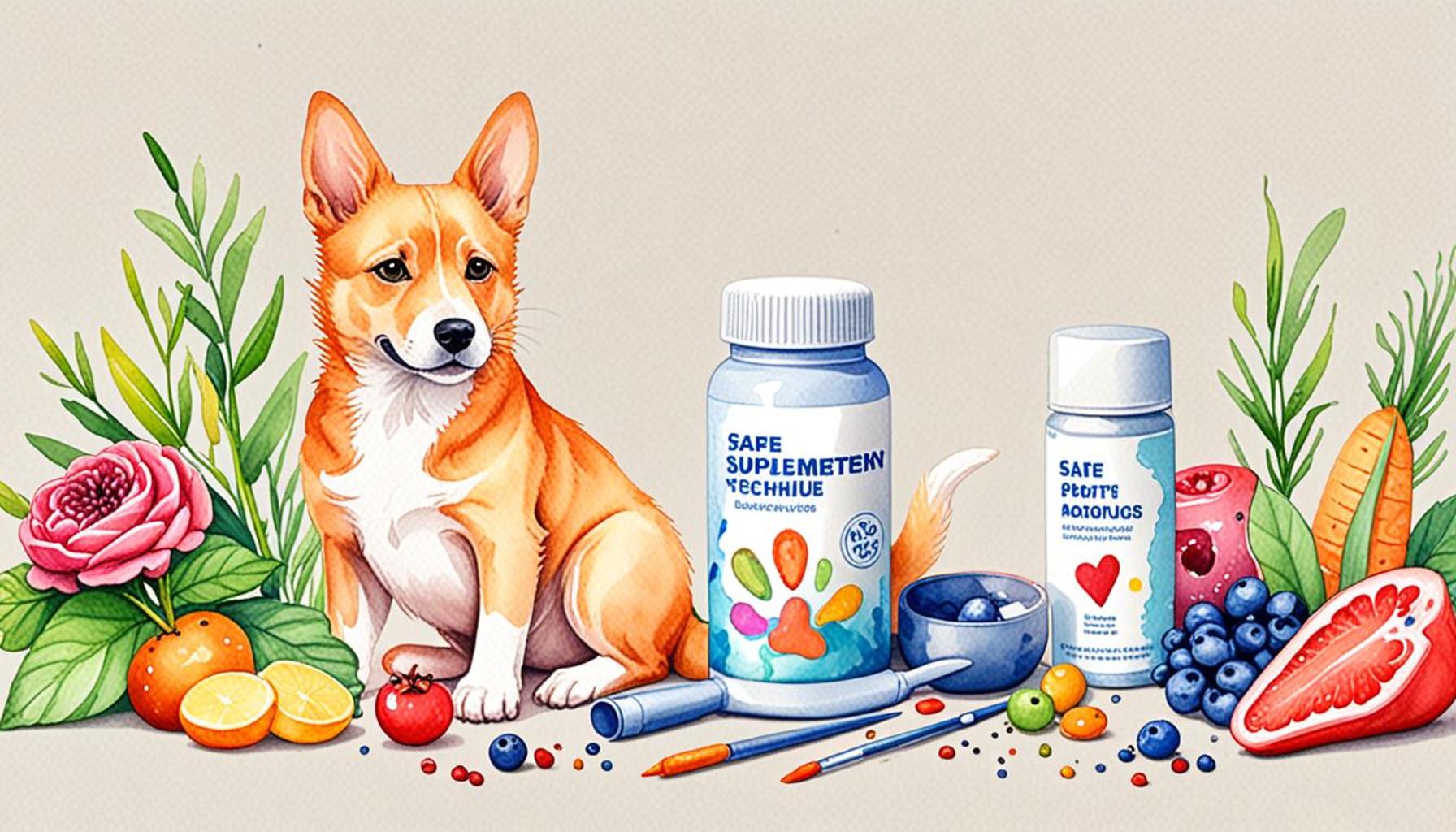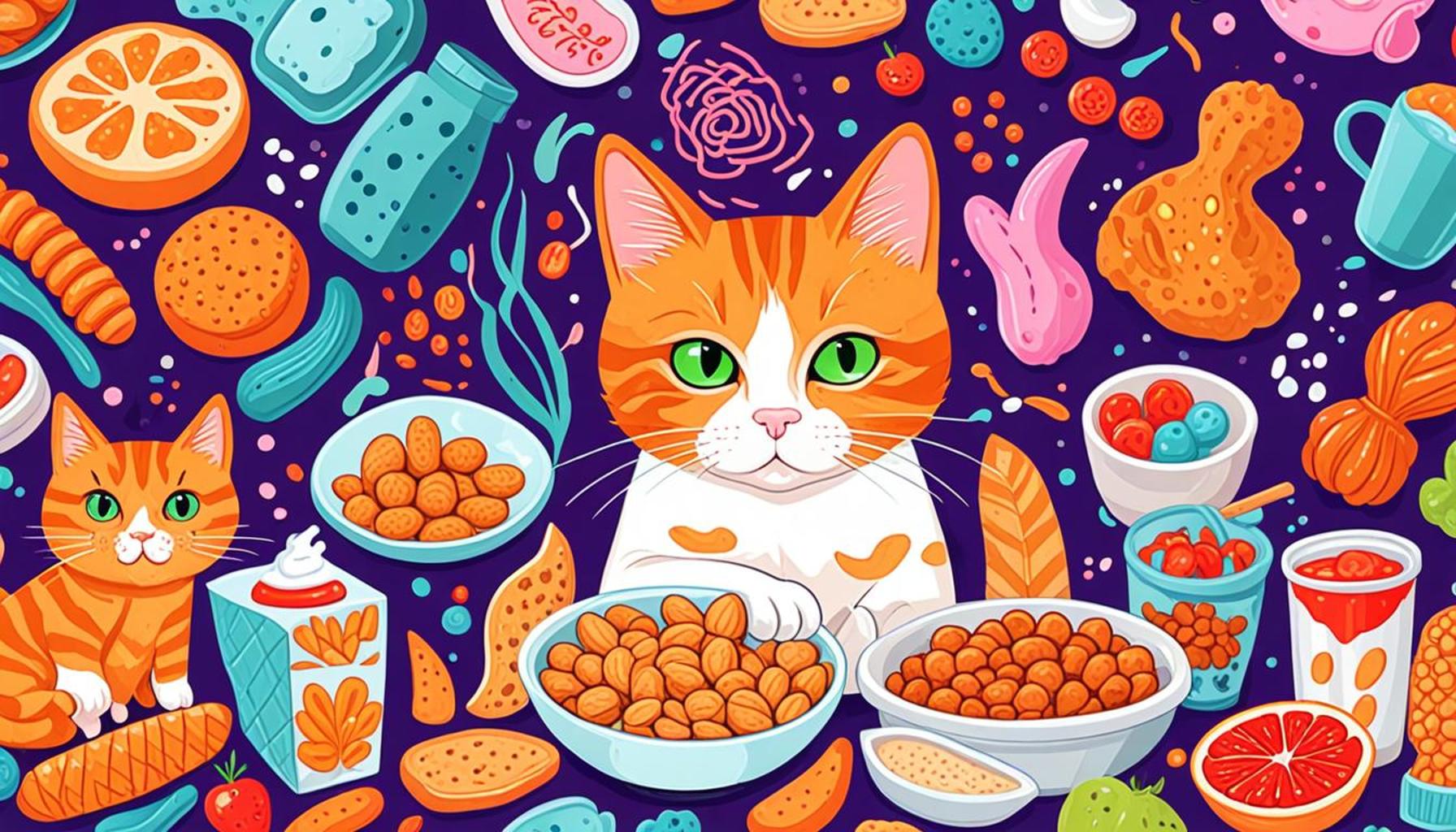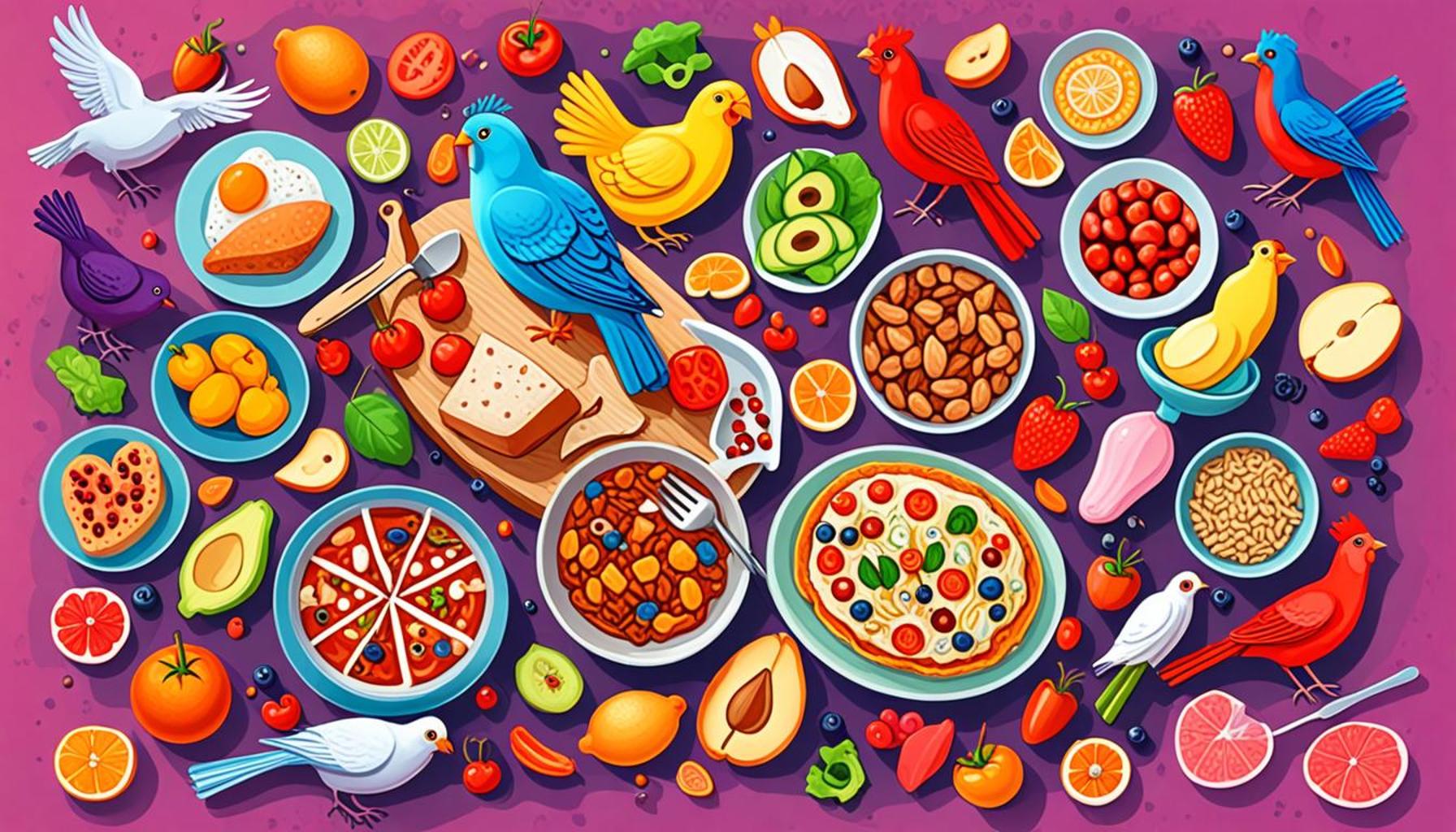Top Pet Nutrition Mistakes How to Avoid Common Feeding Errors
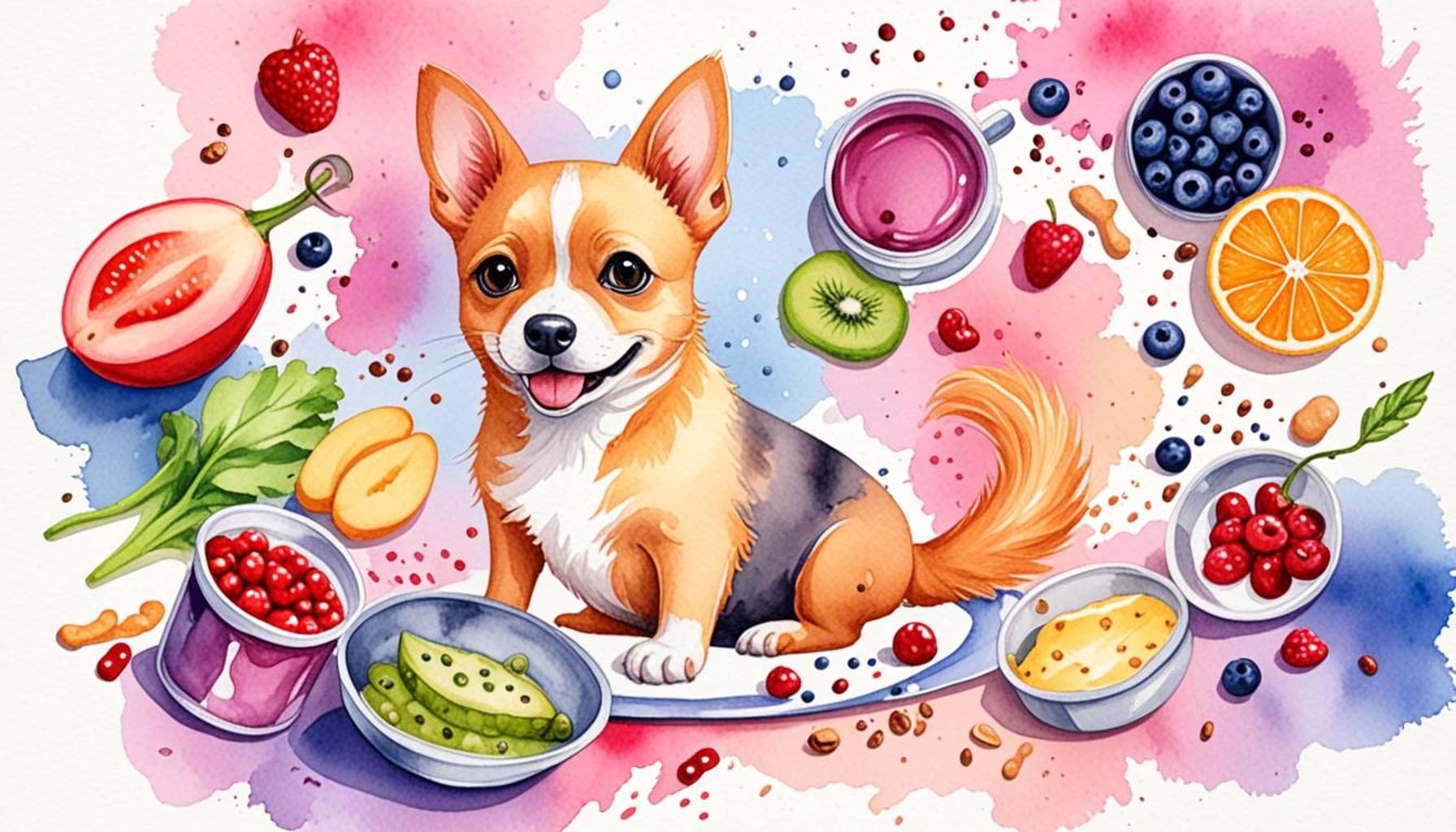
The Importance of Proper Pet Nutrition
Feeding your pet may seem like a simple task, yet many owners often fall into common feeding errors that can severely impact their beloved companions’ health. Pet nutrition is a crucial aspect of pet care, and understanding the mistakes that can arise is essential for anyone wanting to nurture a healthy and happy animal.
Even seemingly minor errors in your pet’s diet can lead to serious health issues down the line. For instance, you might unknowingly overfeed your pet, which can result in obesity—a growing concern in the United States, with an estimated 56% of dogs and 60% of cats classified as overweight or obese. On the flip side, underfeeding can lead to malnutrition and nutrient deficiencies that harm your pet’s development and well-being.
Understanding Portion Control
Portion sizes are one of the most frequently overlooked yet vital aspects of pet nutrition. Different breeds, ages, and activity levels dictate varying needs for calories and nutrients. For example, an active Labrador Retriever may require significantly more calories than a sedentary Chihuahua. To assist owners in determining the right portion sizes for their pets, many veterinarians recommend using a scale to weigh food, rather than relying on vague measurements like cups. This approach ensures that pets receive the appropriate amount of food tailored to their individual needs.
The Importance of Nutritional Labels
Another prevalent mistake is ignoring nutritional labels on pet food packaging. Not all foods are created equal; some may contain fillers and artificial additives that offer little nutritional value. When selecting pet food, it’s important to scrutinize the ingredients list and choose options that prioritize high-quality protein sources as the primary ingredient. For example, foods that list chicken or beef as the first item are generally more beneficial than those that begin with corn or soy. Familiarizing yourself with nutritional labels can make a significant difference in ensuring your pet receives a balanced diet.
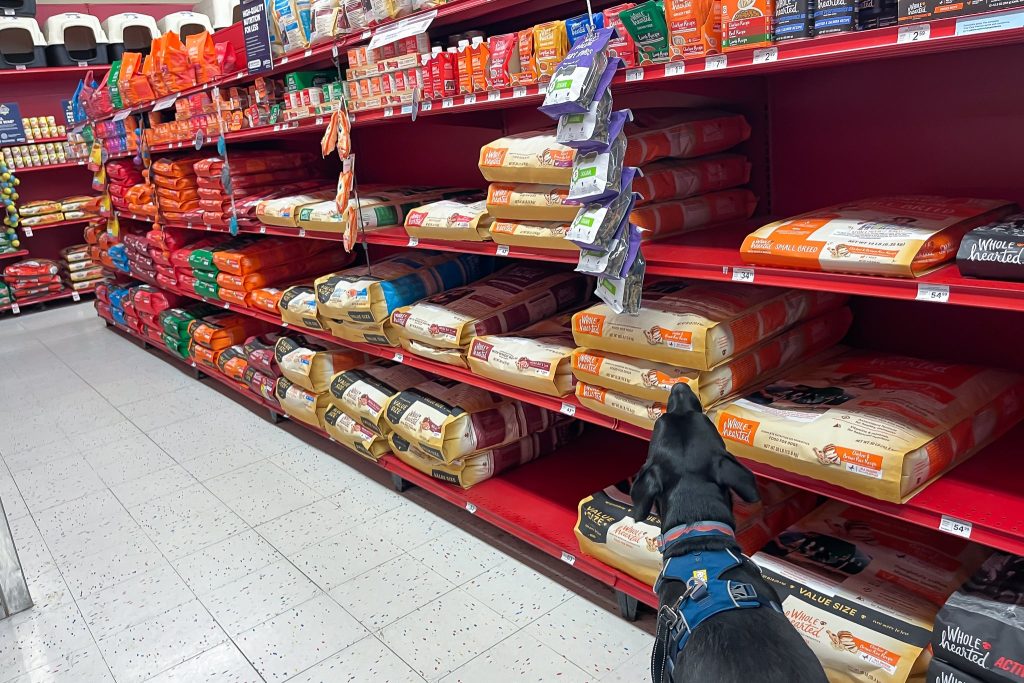
Feeding Practices and Risks of Human Food
Many pet owners are guilty of sharing their meals with their furry friends, often with unintended consequences. Certain human foods are not only unsuitable but can be downright toxic to pets. For example, foods like grapes, onions, and chocolate can cause severe reactions or even fatal consequences in dogs and cats. Furthermore, feeding table scraps can lead to digestive issues, weight gain, and a poor relationship with food. Instead, utilizing healthy, safe alternatives specifically designed for pets can cultivate better eating habits.
By steering clear of these common mistakes and educating yourself on proper pet nutrition, you can help ensure that your furry friend leads a long, healthy, and fulfilling life. A well-nourished pet is not only healthier but also exhibits better behavior and vitality, allowing for a more enjoyable companionship. In the chapters ahead, we will explore these feeding mistakes in greater detail and offer practical solutions to navigate the often complex world of pet nutrition with ease and understanding.
CHECK OUT: Click here to explore more
Common Pet Nutrition Mistakes and How to Avoid Them
Navigating the complexities of pet nutrition can be overwhelming, especially with the plethora of options available on the market. However, by understanding and addressing prevalent mistakes in feeding practices, pet owners can significantly improve their furry companions’ health. Let’s delve into some of the most common errors and how to avoid them.
Feeding the Wrong Type of Food
Choosing the right food type for your pet requires careful consideration of their specific needs. Many owners may opt for cheaper brands or those with flashy marketing without assessing the actual ingredient quality. A common misstep is selecting diets that are overly high in carbohydrates or contain ambiguous protein sources.
Pet food can be divided into several categories:
- Dry Kibble: While convenient, ensure it’s high in quality protein and low in fillers.
- Canned Wet Food: More palatable for many pets but can often contain higher levels of preservatives.
- Raw Diets: Gaining popularity for their nutritional benefits, yet they require careful handling to prevent bacterial contamination.
- Homemade Meals: These can be beneficial if well-balanced, but it’s crucial to consult with a veterinarian to ensure they meet all nutritional requirements.
By recognizing the distinctions and ensuring you pick food that aligns with your pet’s unique dietary needs, you can prevent health issues related to an inappropriate diet.
Neglecting Hydration
Hydration is often overlooked in the discussion of pet nutrition. Just as humans require adequate water intake, so too do our animal companions. Pets may not always drink sufficient water, especially if consuming primarily dry kibble. Dehydration can lead to serious health problems, including kidney issues and urinary tract infections.
To enhance hydration:
- Provide fresh, clean water at all times.
- Consider adding wet food to your pet’s diet, which can boost moisture intake.
- Introduce pet fountains or running water, which can encourage pets to drink more.
Being vigilant about your pet’s water consumption can make a substantial difference in their overall health and vitality.
Using Incorrect Feeding Schedules
Establishing a consistent feeding schedule is another critical aspect that many owners fail to properly implement. Irregular feeding times can lead to digestive upset, weight management issues, and erratic behaviors around food. It is helpful to set specific meal times and stick to them as closely as possible.
Ideally, you should follow these general guidelines:
- For puppies and kittens, feed multiple small meals throughout the day.
- Adult pets typically do well with two meals a day.
- Senior pets may benefit from smaller, more frequent meals to help with digestion.
Adopting a structured feeding routine not only supports digestive health but also fosters a sense of security and routine for your pet.
By addressing these common feeding errors, pet owners can cultivate healthier eating habits for their companions. In the next sections, we will explore more pitfalls to avoid and detail the steps to create a balanced, nutritious diet tailored to your pet’s needs.
| Common Mistakes | Avoidance Strategies |
|---|---|
| Inconsistent feeding schedules | Establish a routine to provide predictable mealtimes and reduce anxiety. |
| Over-reliance on commercial food | Incorporate fresh, whole foods to ensure a balanced diet that meets all nutritional needs. |
| Feeding table scraps | Avoid human food that may be harmful and stick to properly formulated pet meals. |
| Neglecting water intake | Ensure fresh water is always available to prevent dehydration and support overall health. |
Understanding the common pet nutrition mistakes is essential for ensuring your pet’s health and well-being. Each feeding error has significant implications on your pet’s overall health, ranging from obesity to nutritional deficiencies. The good news is that these errors can be easily corrected with a little more vigilance and care. Emphasizing the adoption of structured feeding routines and being mindful of the nutritional quality of your pet’s meals can profoundly affect their longevity and vitality. By avoiding these common pitfalls, you can lead your pet towards a healthier, happier life.
SEE ALSO: Click here to read another article
Overlooking Special Dietary Needs
Just as humans have unique dietary requirements, pets also have specific nutritional needs that can change over their lifespan or due to underlying health issues. Many pet owners make the mistake of not considering these factors, often leading to long-term health implications. For instance, senior pets may need reduced calories to maintain a healthy weight, while active breeds might require additional protein or specialized supplements to support their energy levels.
It’s essential to recognize conditions that might necessitate dietary adjustments:
- Allergies and Sensitivities: Some pets are allergic to certain ingredients, such as grains or specific proteins. Transitioning to hypoallergenic food can relieve discomfort and improve overall health.
- Medical Conditions: Pets diagnosed with diabetes, kidney issues, or obesity may require veterinary-approved diets tailored for their conditions.
- Age Factors: Puppies and kittens have heightened nutritional needs for growth, while older pets often benefit from diets that are easier to digest.
Consulting with your veterinarian to evaluate your pet’s specific needs helps ensure their diet aligns with their health requirements.
Ignoring Portion Control
Many pet owners underestimate the importance of portion control, which can lead to overweight and obesity—an increasingly common problem among pets in the United States. Obesity-related health issues, such as diabetes and joint problems, arise due to excess weight, making this misstep particularly critical.
To avoid portion-related pitfalls, consider these strategies:
- Check the recommended feeding guidelines on the pet food packaging as a starting point.
- Use measuring cups or a kitchen scale to ensure you’re providing the right amount of food, adjusting as necessary based on your pet’s activity level and overall health.
- Factor in any treats (up to 10% of daily caloric intake) and adjust regular meals accordingly to prevent overfeeding.
Being mindful of portion sizes helps maintain a healthy weight and can prevent serious health issues in the future.
Neglecting Nutritional Balance
A significant mistake pet owners often make is overlooking the balance of nutrients in their pets’ diets. Just like humans need a well-rounded diet to function optimally, pets require a careful mix of proteins, fats, carbohydrates, vitamins, and minerals. Some owners may rely too heavily on one food source, leading to nutritional deficiencies.
To ensure your pet’s diet is well-balanced, consider:
- Variety: Rotate different high-quality foods to expose your pet to various nutrients.
- Supplementation: If necessary, discuss the inclusion of supplements with your veterinarian to address any shortfalls in specific areas.
- Holistic Approach: Look for complete and balanced pet foods that align with AAFCO standards to ensure all essential nutrients are included.
Moreover, conducting regular evaluations of your pet’s health through check-ups can help identify if their dietary needs are being met effectively. By avoiding these common feeding errors, you can lay the foundation for a healthier and happier life for your furry companions.
CHECK OUT: Click here to explore more
Conclusion
Ensuring that our pets receive proper nutrition is an integral part of responsible pet ownership. By avoiding the common feeding errors highlighted throughout this article, you can significantly enhance your pet’s health and longevity. Recognizing the importance of special dietary needs, practicing portion control, and maintaining a nutritional balance are crucial elements in fostering a thriving pet.
It’s essential to understand that feeding your pet is not just about filling a bowl; it’s about making informed choices that cater to their unique requirements. Regular consultations with your veterinarian can provide invaluable insights tailored to your pet’s specific health status and lifestyle. Furthermore, staying educated and adapting to your pet’s changing needs—whether they are a frisky puppy or a wise old companion—will contribute immensely to their overall well-being.
As pet owners, addressing these nutrition mistakes can lead to not only a healthier pet but also a happier life together. By embracing a holistic approach to pet feeding—considering both quality and balance—you can cultivate a strong foundation for your furry family member’s future. Dive deeper into the world of pet nutrition and keep exploring to ensure your pet receives the best care possible, because every pet deserves a nutritious and fulfilling life.

